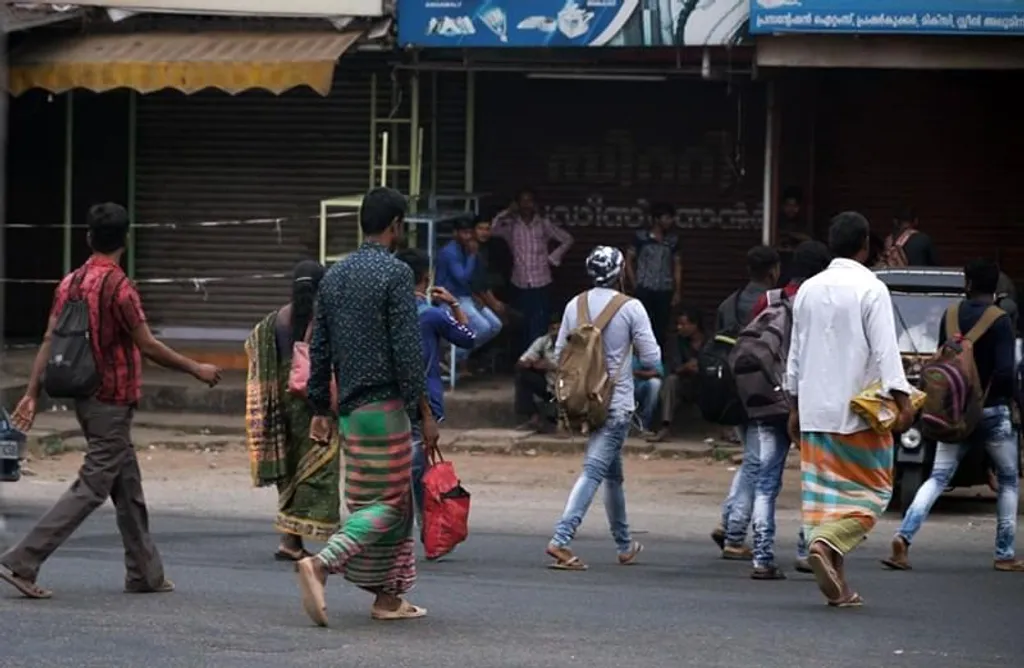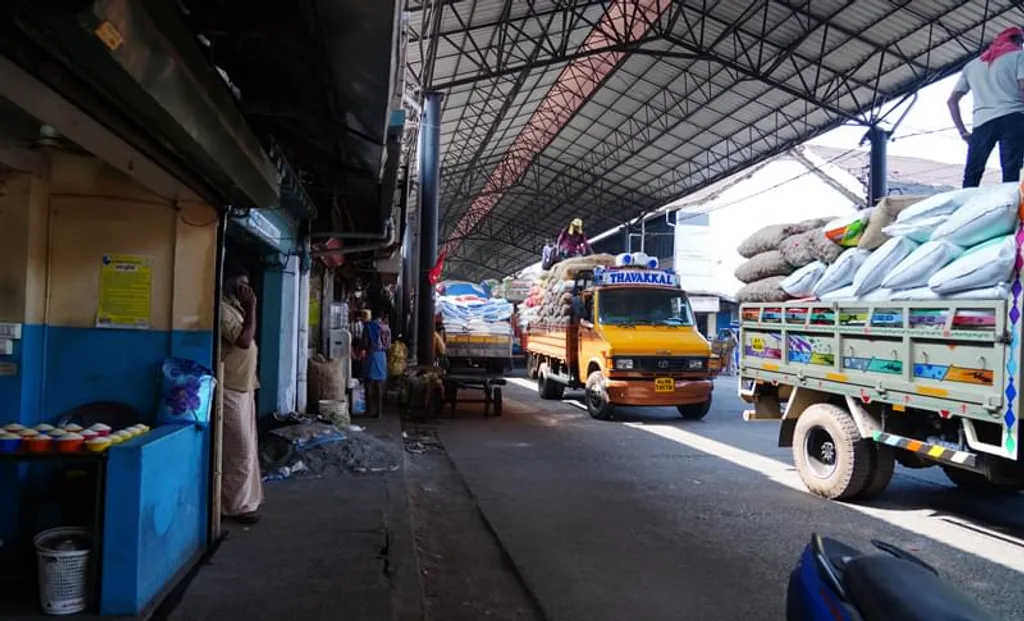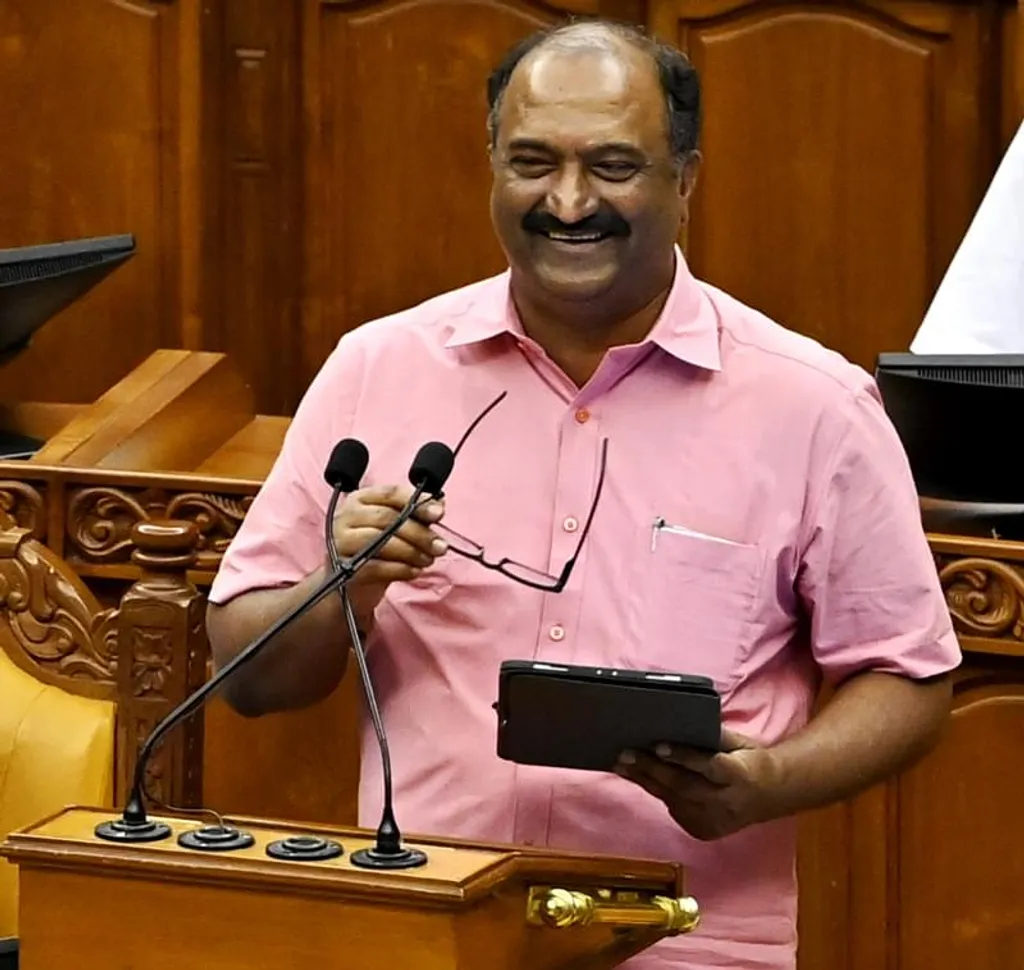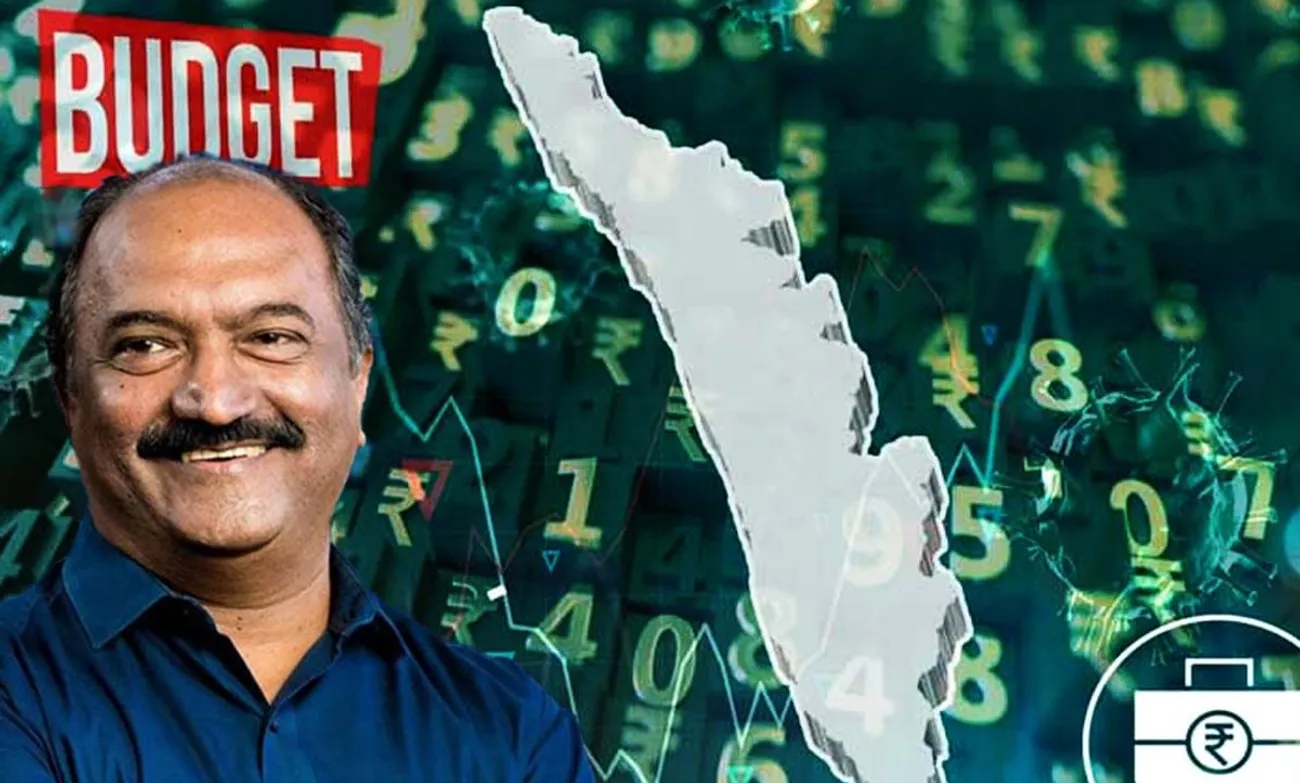Hovering around ‘huge’ debt and salary, and pension expenditure won’t help us even understand the fiscal imbalance of Kerala. Fear-mongering on the debt burden has grown to the extent of translating the consolidated total liability of the State in per capita terms and panicking the people. If the state’s debt is a burden on future generations, what about our National Government’s Debt? Does this also need to be translated into the per capita liability of the people? It is more than 60% of the GDP, as disclosed by the Economic Survey. Public Debt should adhere to prudent standards, but public debt has no analogies with personal debt burden and hence the fear of liability over our kids is unfounded.
The current year's Revenue deficit of Kerala as per the budget Estimates is Rupees 22968 crores, which is 2.3% of GSDP. And the Fiscal Deficit is Rs 39116 crores which are 3.91% of GSDP. This implies that 58.71 % of the FD is used to meet revenue expenditure. This is the crux of our fiscal imbalance. How can this be solved? Either we can contain the expenditure or can raise the revenue or do both. Unfounded fear over the debt or wrong narratives on highly extrapolated salary expenditure won't suffice to address the fiscal imbalance.

On Debt
The state has been on a debt consolidation path maintaining outstanding total liability of around 30% of GSDP till 2020. It went up to 37.13 in 2020-21 and 37.39 in 21-22. The RBI figure for this period is slightly higher, i.e. 38.9 and 39.1 respectively. This difference is due to the non-adjustment of back-to-back loans arranged by GOI in lieu of GST compensation which is to be repaid by the Union Government from Compensation CESS. The additional borrowing limit extended by the GOI due to o pandemic surpassing the FRBM-mandated 3% to 5% and 4.5% in successive years led to this hike. As per the RBI figures the average total liability of the state during 2002-2003 to 2004-2005 was as high as 43.6% of the GSDP. The interest payment during the same period was 27.5% of the total revenue. But over a period of one and half decades we have been able to consolidate around 30% of GSDP, thanks to the impressive growth and revenue income of the state. Presently State’s interest payment is around 18% of the total revenue receipts. As per the budget estimates for 2022-23 debt / GSDP ratio is 37.18% which shall shrink further with non-availing of 0.5 % additional borrowing granted conditionally. Post pandemic recovery has been impressive with 12% year on year growth registered in the previous fiscal. Continuing with this trend of recovery, we shall grow out of the hiked Debt- GSDP ratio of the post pandemic period. There is no rationale in making hue and cry over the debt. Moreover, it may be remembered that the total outstanding liability of the union Government as disclosed is more than 60% of GDP and interest payment is more than 40% of non-debt receipts.

Salary expenditure
A much talked about narrative is that Kerala meets the salary expenditure through borrowing. Is it true? Estimated salary expenditure during the current fiscal is Rs 41980 that is 31.31 % of the total revenue receipts. Salary and pension together constitute 51.32% of our total revenue receipts. Adding interest as well to this group, it comes to 70.68%. The narrative that Kerala draws from borrowed money for meeting salary, pension and interest expenses is wrong, misleading, and ill intentioned. The composition of salary expenditure is also vital. Salary of teachers , health workers and development departments constitute 78% of our total salary expenditure. To put it in another way, 78% of our salary is development expenditure. Only 22% is expended on pure administrative services. Hike in Salary expenditure two years immediately after the revision is a cyclic phenomenon. Salary in 2015-16 was 14796 crores which has grown to 22259 crores in 2017-2018 , registering a hike of 36%. It shall get consolidated over years. Average emoluments in Kerala is more or less comparable to national average or same as of the pay bands provided by the national pay commissions. The difference is in the number of employees in development sectors. A recent data showed that the number of CHCs in Kerala is 171% higher than the nationally determined standards. Moreover, all such CHCs Provide Service of specialist doctors such as physicians, Surgeons, gynaecologist and paediatricians. Is it advisable or desirable to dispense with such services? Our enrolment rate in higher secondary is more than 80% and it needs to be improved. Can Kerala contain the salary expenditure for teachers ? It is unrealistic and undesirable to substantially reduce the salary expenditure.

The way forward
Whatever austerity is possible must be adopted. But it may not suffice to set the balance right. The way forward is increasing the revenue income. As everyone knows, revenue income constitutes state own revenue and the central transfers. In 2022-23 , states on aggregate get 45% of their total revenue as central transfers whereas our share of central transfers in total revenue is 36% only. Kerala’s State Own revenue constitute 64% of total revenue receipts. Declining share in devolution and discrimination in state specific grants and CSS together make this sharp difference. The decline in horizontal share in devolution over 10th to 15th Finance commissions alone causes a loss of 16000 crores per year. No balance is possible without addressing this huge loss sustained by the state.
Our Own revenue is 7% of GSDP which is above the national average of 6.7%. We must improve this further, but it is unrealistic to expect that it may reach 8.5% as in the latter half of 80s. Since 1987 Kerala has been registering robust growth thereby improving the Per capita income. But Taxing income is a domain available to the Union Government and our tax domain is basically limited to tax on sale/ supply.

We must do whatever possible to contain the expenditure and to improve our own revenue. But Fair share in central transfers and flexibility in the GST regime providing the state to choose the tariff from a given range for goods and services alone can settle the imbalance. Discarding the discrimination and hovering around trivial things , nothing can be set right.

